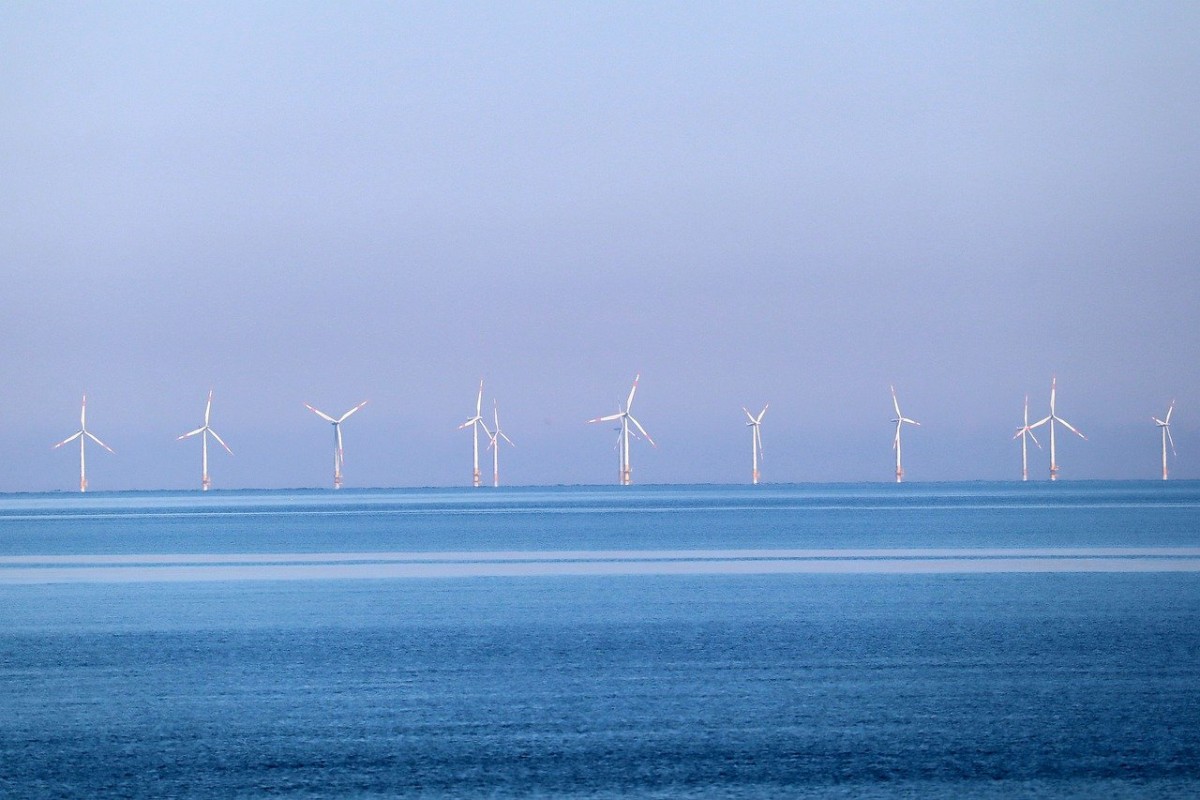
Clare Independent TD Michael McNamara has said the proposed development of a 270km2 flagship floating offshore wind development project off the coast of counties Clare and Kerry could place Moneypoint at the centre of Ireland’s offshore energy strategy.
Deputy McNamara said he expects the ESB to outline its plans on Friday under Ireland’s long-term strategy for decarbonisation, adding that the expected capacity output of the project could provide enough energy to power up to 1.5 million homes.
Deputy McNamara said the proposed Moneypoint Offshore Wind Farm will be the result of a partnership between ESB and Equinor (a Norwegian company formerly called Statoil) and will be delivered in two phases.
He continued, “The first phase, Moneypoint Offshore One is located 16km off the Clare / Kerry Coast. The expected capacity from the first phase is estimated to be 400MW with the final windfarm area likely to be in the order of 70km2. The second phase, Moneypoint Offshore Two would be located a further 20km west of Moneypoint Offshore One, taking the total project capacity to between 1GW – 1.5GW. The latter phase would have a likely area of 200km2.
“As the project develops, it is hoped to be able to take advantage of the excellent wind conditions and excess energy generated to produce climate-neutral, hydrogen fuel which could eventually replace oil-based fuels in vehicles and transportation.”
Deputy McNamara said the evolution and transition of ESB Moneypoint from coal to renewables will see the continued supply of electricity from the West Clare plant but from a cleaner energy source.
“The expected capacity output of the flagship floating offshore wind development project as a whole, could provide enough energy to power up to 1.5 million homes,” he added. “With the coal plant due to cease operation in 2025, the flagship floating offshore wind development wind farm is expected to connect into Moneypoint substation and utilise the spare capacity available following the coal plant closure.”

Deputy McNamara said the proposal to develop the offshore wind energy project originates from ESB and Equinor’s extensive site selection process for the entire coast of Ireland in 2019 and 2020 to identify potentially suitable sites for developing offshore wind farms.
Deputy McNamara said ESB and Equinor submitted a Foreshore License application to the Department of Housing, Local Government and Heritage in January. The grant of a Foreshore license will convey the right to undertake preliminary survey work and site investigation studies for what could be the location of the Moneypoint Offshore One Wind farm and its grid connection route.
“Should the site be deemed suitable for an offshore windfarm, ESB and Equinor aim to seek planning permission for the project under the terms of the Marine Planning and Development Management Bill which is due to be enacted this year,” he added.
Deputy McNamara explained, “Over the past year, I have been critical of the Government in the Dáil for seeking to source power from offshore energy projects in Europe at a time when no similar projects were being advanced by our government. I am delighted that moves are now expected to be made to develop our own offshore energy sector utilising the existing transmission network from Moneypoint. The development will also reflect key strategic elements of the Clare County Development Plan and the Strategic Infrastructure Framework Plan (SIFP) for the Shannon Estuary which has been developed by Clare County Council, Kerry County Council, Limerick City and County Councils, Shannon Group and Shannon Foynes Port Company. ”
Deputy McNamara said Moneypoint is set up to play a central role in Ireland’s future low-carbon energy system due to its important location on the electricity system.
He continued, “Moneypoint is situated on the coast, on the Shannon Estuary. It has two large electricity transmission networks that leave it and cross the country in arcs, one going to the north of Dublin and the other to the south of Dublin. It is, essentially, irreplaceable in terms of the national network. It is perfectly placed for the development of an offshore wind energy project, and for helping Ireland fulfil its renewable energy commitments.”

Deputy McNamara said the investment plans will be welcomed locally in West Clare, particularly in light of last year’s announcement that units at ESB Moneypoint did not prequalify for the T-4 auction for the period October 2024 to September 2025, representing the loss of a crucial contract for the power generating station.
“I expressed my disappointment at the time that Government announced he further curtailment of Moneypoint that no plan to replace the power station had been announced. The expected new development for Moneypoint will be an important step forward for the country’s renewable energy commitments and will represent a significant boost for the economies of Clare and Ireland.”
“I am aware that the technology to generate off-shore energy in the Atlantic is still being developed and will involve floating platforms of the type currently used for oil production. The world’s first floating wind farm, the 30 MW Hywind Scotland pilot park, developed by Equinor, has been producing since 2017, demonstrating the feasibility of floating wind farms that could be ten times larger. The technology to generate off-shore energy in Dublin Bay and the Irish Sea, which is more protected will be able to use fixed-base turbines and this technology is already in use across Europe,” McNamara concluded.
